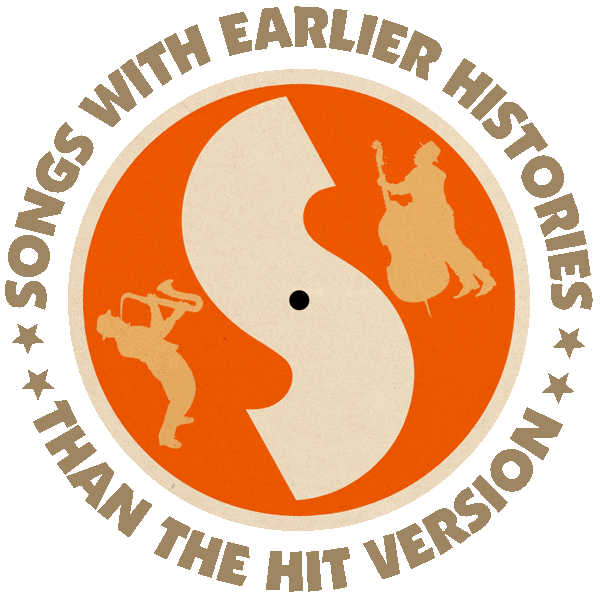First released by The Beatles (1965).
Hit version by The Silkie (US #10/UK #28 1965).
From the wiki: “‘You’ve Got to Hide Your Love Away’ was written and sung by John Lennon (though credited to Lennon–McCartney) and released on the Beatles’ movie soundtrack album Help! in August 1965. It was not released as a promotional single.
“The Silkie, a band that had been signed by Brian Epstein, recorded their version a few months after the Beatles. The Silkie were an English folk music group. Their name was derived from an Orcadian song ‘The Great Silkie of Sule Skerry’, which they sometimes performed. They were briefly considered to be the English equivalent of Peter, Paul and Mary, with their common repertoire of Bob Dylan songs, and the original Australian folk group, The Seekers.

